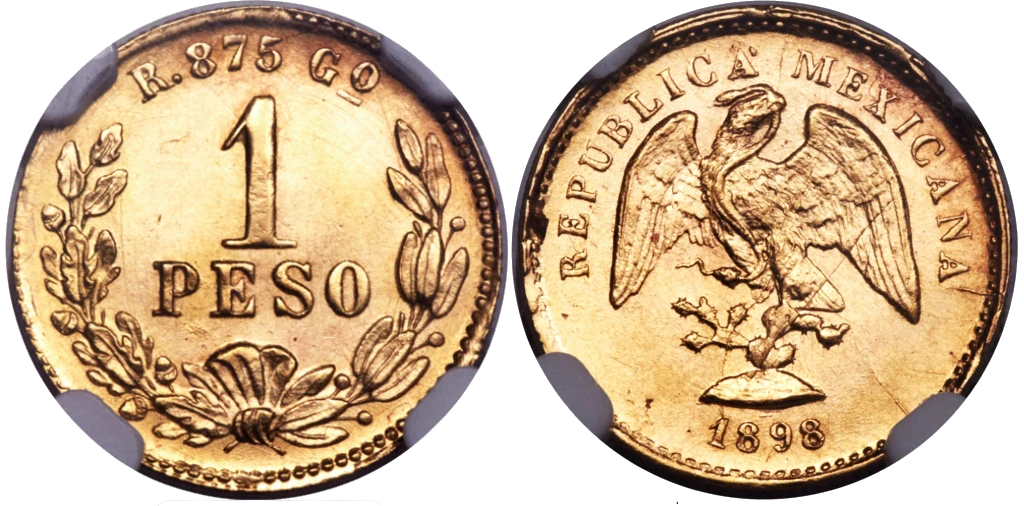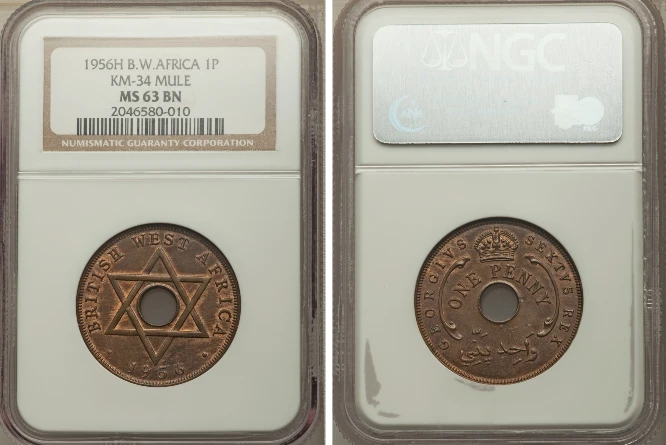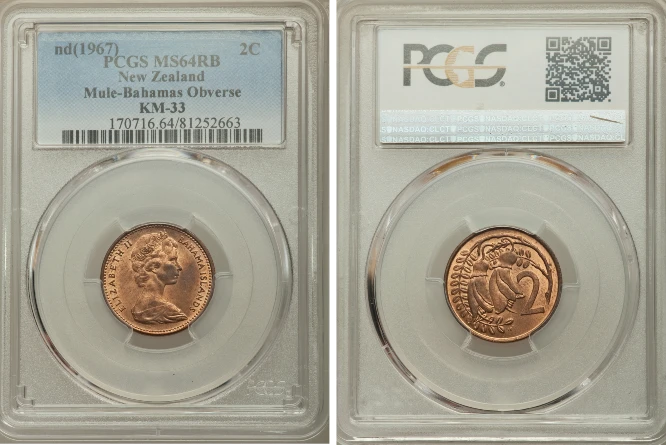Many times, while looking at coin collecting resources like catalogs or scientific publications, you might notice some specialized terms that can be difficult to understand when you’re just starting out in the field. From time to time, we’ll go over the meanings of these words. Today, we’re going to see what a mule coin (also known as a hybrid coin) is.
A mule coin, or a hybrid coin, is one that features the design of one coin on the obverse and the design of a different coin on the reverse. This happens when the dies of two different coins are mixed during minting, usually by mistake.
Examples of mule coins
Although there exist a few intentionally made mule coins, most of the time they appear due to human error: someone who isn’t paying as much attention as they ought to places the wrong die in the minting machine without realizing it, and fires it up. The result is a coin with two sides that shouldn’t go together.
And, since everyone makes mistakes from time to time, mule coins have appeared all over the world, almost since the coin was invented as a means of transaction of value.
Let’s check some out:

This Gold Mexican 1 Peso coin was minted in Guanajuato in 1898. Instead of the regular obverse like previous years, it features the reverse of a Mexican 5 cent coin from that era.

The standard version of the 1956 1 Penny coin from the British colonies of West Africa was issued in the name of Elizabeth II, who had been in the throne since 1952. However, there is also a version bearing the name of George VI, as the obverse die from the 1951 or 1952 1 Penny coin was mistakenly used.

Some 1967 1 Penny coins from New Zealand feature the obverse design intended for the Bahamas. As Elizabeth II is the monarch of both countries, and the portrait on both coins is the one by Arnold Machin, my hypothesis is that someone simply made a mistake when placing the dies in the machine.

Surprisingly, the first mule coin in American numismatics did not appear until the year 2000. The Philadelphia mint mistakenly produced a dollar coin featuring the obverses both of the Sacagawea dollar coin and the State Quarters series.
And this is pretty much everything you have to know about hybrid, or mule coins. They tend to be pretty rare, so if you have to come across one, do keep it!